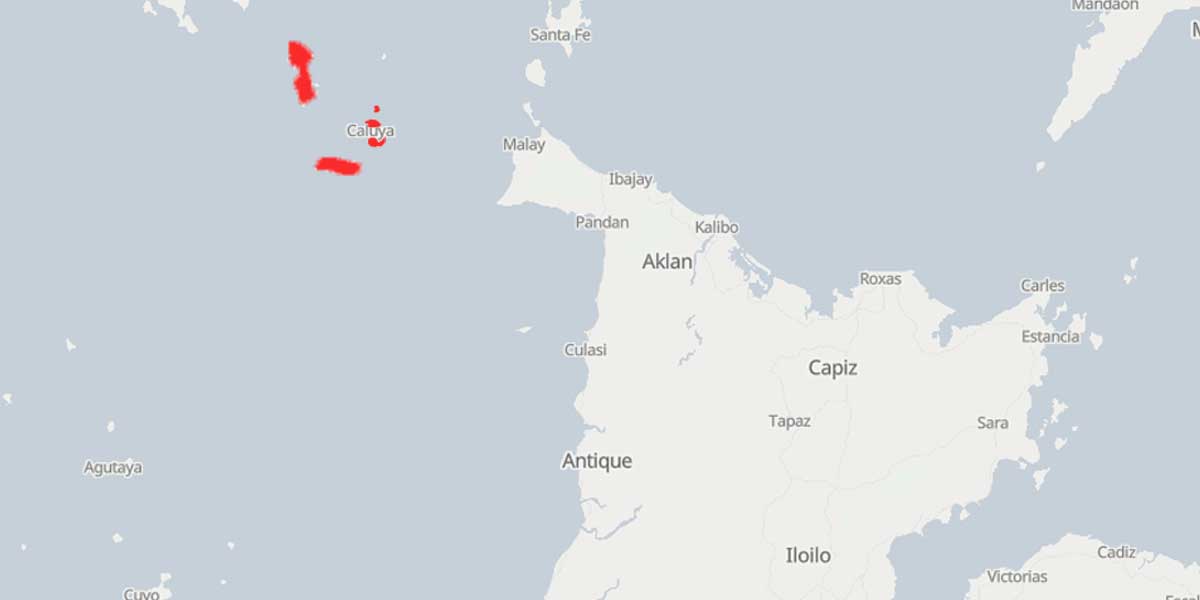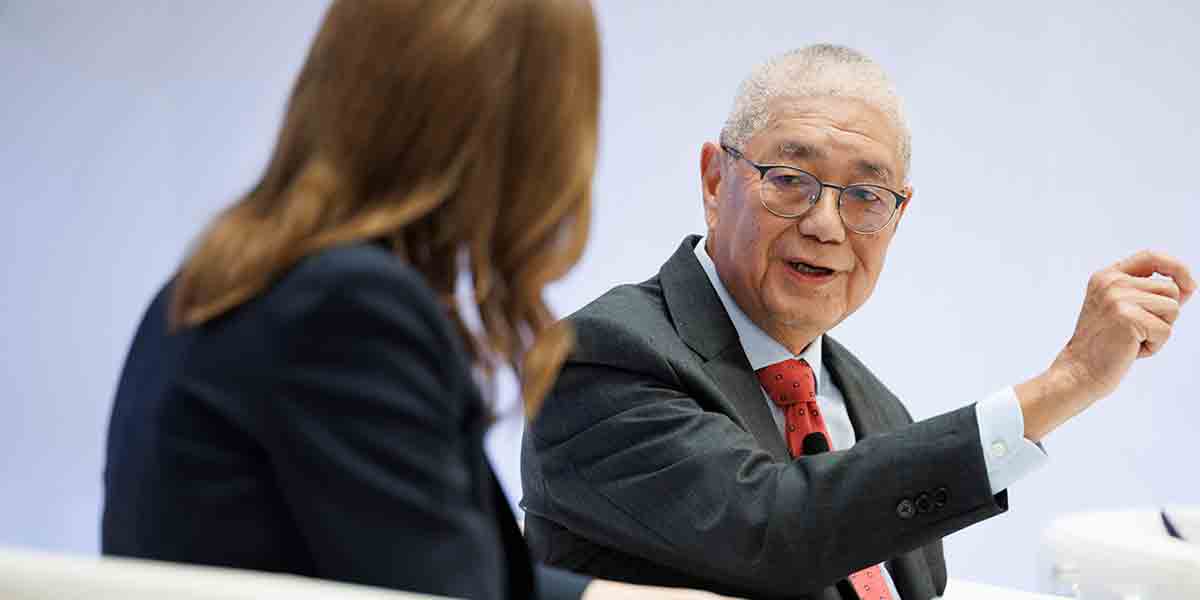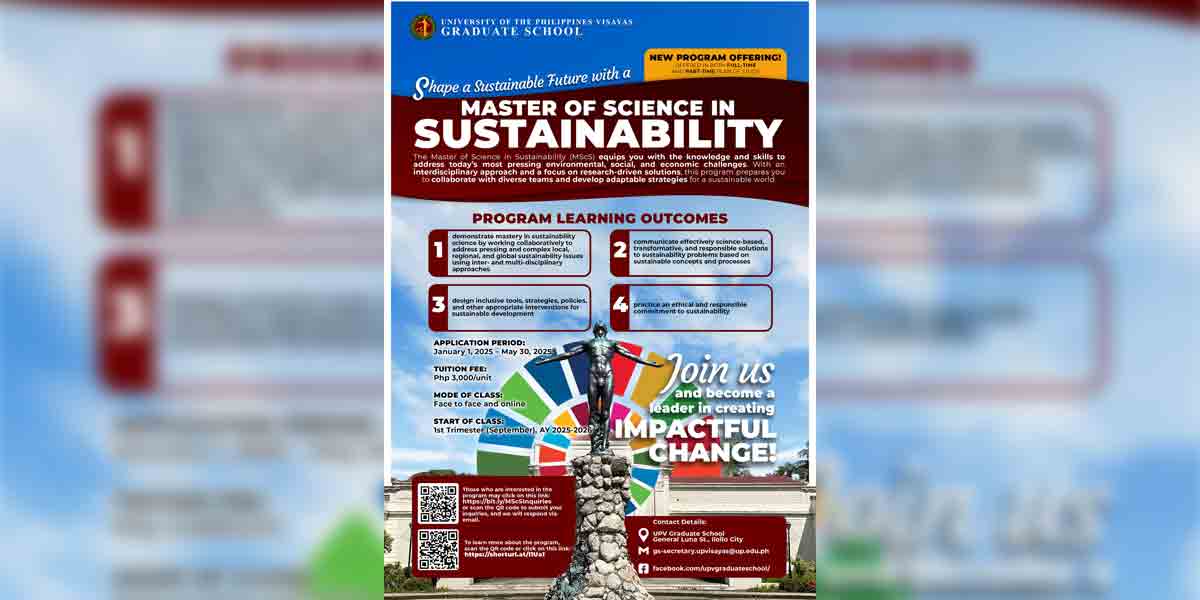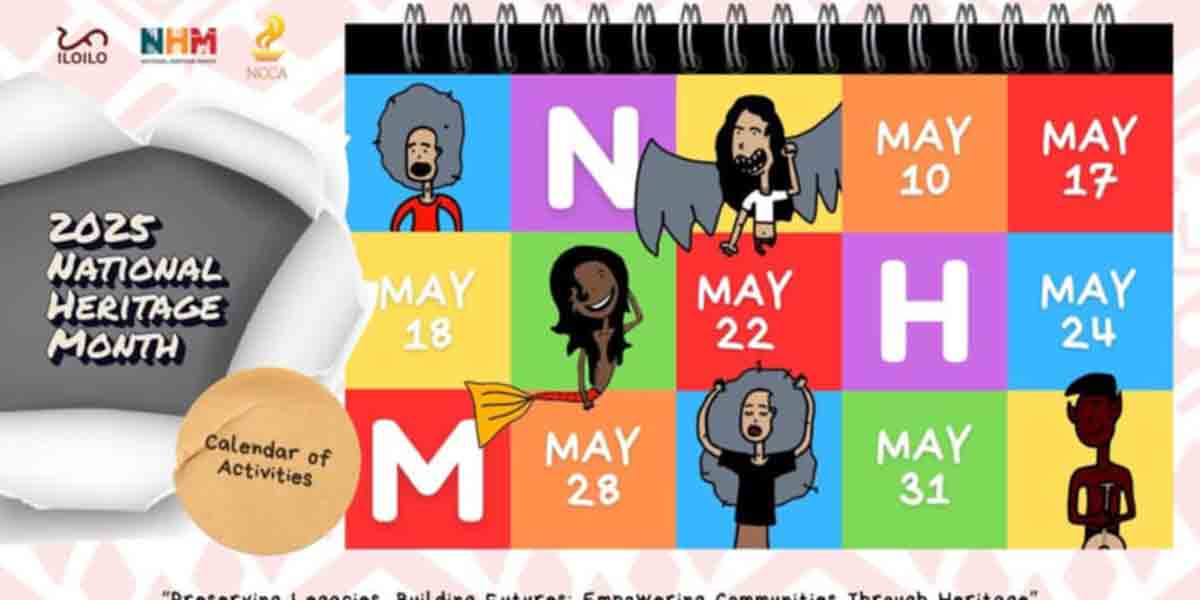By Joshua Corcuera
Last Thursday, September 8, was International Literacy Day. The day is dedicated by the United Nations Educational, Scientific and Cultural Organization (UNESCO) to “remind the public of the importance of literacy as a matter of dignity and human rights.”
Literacy refers to the capacity of an individual to read and write. However basic as it seems, some people remain illiterate or unable to read and write to this day, especially in certain countries in Africa. For instance, UNESCO has reported that Niger has a literacy rate of 19.1% which means only about 1 out of 5 people in that country can read and write while the vast majority are illiterate. In Asia, Afghanistan had the lowest literacy rate at 38.2% with only about 1 out of 4 Afghan women capable of reading and writing.
Fortunately, the Philippines can boast a high literacy rate of more than 96% which means only a tiny minority of the nation are incapable of reading and writing. Moreover, illiteracy is a problem more common among older people because education back in the day tends to be less accessible as compared to the present. This also explains why, as a general rule around the world, teenagers and young adults have a higher literacy rate in comparison to those at least 65 years of age. Furthermore, the proper use of technology can help improve literacy rates as it can be utilized to teach young people basic skills such as reading and writing, and even counting numbers. While modern technology has caused a lot of concerns due to the spread of disinformation, fake news, and addiction of internet users, it can also benefit society when used properly.
However, in the 21st century, it is not sufficient to merely know how to read and how to write. It is just as important to be able to understand what is being read and what is being written. As mentioned earlier, the Philippines has a high rate as far as basic literacy is concerned. But, according to a recent report published by the World Bank, the Philippines has a learning poverty rate of roughly 90%. This means that about 9 out of 10 Filipinos aged 10 cannot understand or comprehend what they are reading. In simpler terms, many know how to read words, but only few can understand the point of these written texts. Thus, the challenge for all of us, especially parents and teachers, is to ensure that the level of education provided to the youth would be deeper and we should not tolerate that learning would be shallow. It is imperative that people are taught how to think, not what to think, so that comprehension and critical thinking would become common among the population.
Altogether, this International Literacy Day, let us focus and redirect our efforts towards a deeper level of teaching and learning. Let us not allow that the youth would merely know how to read and write; it is of the utmost importance that they genuinely understand what they are writing and reading, that they can accumulate valuable knowledge from comprehending what they’ve read, that they apply into practice the things they learned from reading and understanding.

























